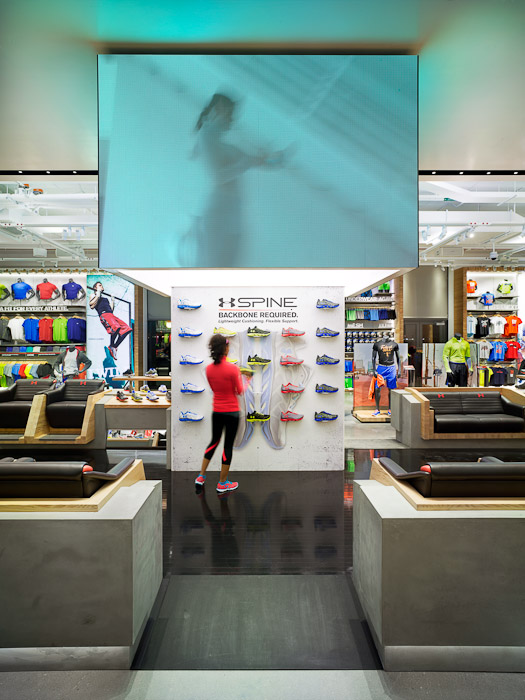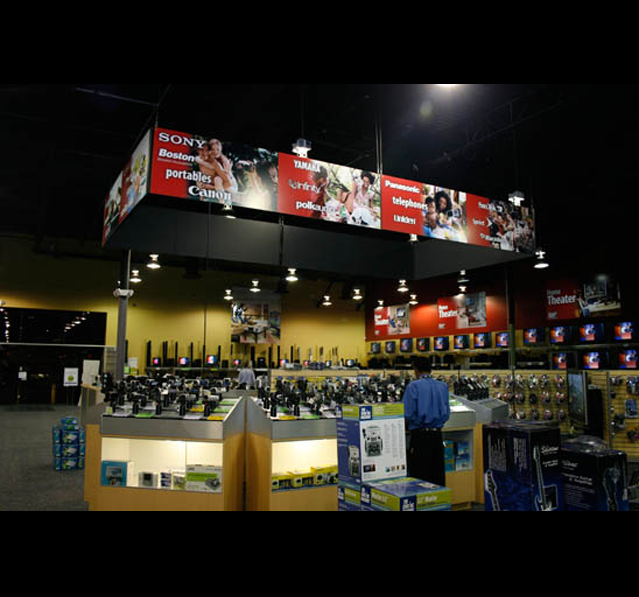Even though we have thankfully made it through 2021, we are still coming out of the woods in a lot of ways. Marketing-wise, these past two years were unlike anything we’d ever experienced. The pandemic thrust us into a different way of doing business and presented us with a lot of challenges that we are still facing going into 2022. Some of those challenges are:
- Increasing digital technology
- Finding technological solutions
- Navigating multi-channel options
- Changes in customer behavior
- Keeping a customer base
- Managing customer expectations
- Retaining employees
And, of course, there are many more obstacles and challenges depending on the industry and particular business you are in.
But what are the trends that are present and rising and here to stay? These are important to look at because considering emerging trends in retailing will counter the challenges that businesses are inevitably facing. Retailers need to be prepared for the following hot trends.
INSTANT GRATIFICATION. Remember when “delayed gratification” was a virtue? When people thought things were “worth the wait”? When shoppers didn’t mind if shipping a product took a week or two? Well, no more. If I’m even THINKING about a pizza, I want it delivered in 15 minutes. Consumers want it when they want it, and they want it NOW. I remember when Amazon Prime launched their 2-day shipping megalomania, and we thought it was the best thing since online shopping. But then there was next-day shipping and that became the standard. And now there’s 2-hour delivery, and 2-day shipping feels suddenly unreasonably slow.
Retailers will have to respond to this instant gratification bug by not only fulfilling orders quickly, but also forecasting customer demands, purchase cycles, and local marketing trends. They also might have to shift or expand inventory and order fulfillment processes.
HYPER-PERSONALIZATION. Personalization is not a new concept in the retail world. It’s been gaining popularity for a decade now, and continues to grow. With the onset of the pandemic, however, this people-based marketing found new steam as both online and offline shopping at the same business appealed to customers. Powered by AI and machine learning, hyper-personalization merges online and in-person shopping experiences so that all of the shoppers’ purchases impact their personal recommendations.
For example, my local grocery store has a rewards card that tracks my purchases and sends me relevant freebies and coupons to use in-store based on my preferences. I think it’s snazzy. I love getting a free case of LaCroix. Anyway, pre-pandemic, my ONLINE shopping with them (even orders I picked up) didn’t seem to affect the coupons I received. However, about halfway through 2020, I noticed that my online orders DID affect my personalized offers. And the evidence was clear because we were home so much more and needing different kinds of products – more cleaning supplies, more produce, more health-related items.
The learning curve for the AI that processes this information is pretty quick. Last year, we began to shop for our elderly neighbor who has food preferences vastly different from my family’s and who have cats. After shopping for her just a couple of times, our mailed coupons began to include cat treats, Sundrop, and Little Debbie cakes.
SHOPPING ASSISTANCE VIA SMART SPEAKERS. “Alexa, skip to Friday.” Amazon Echo and Google Home and other smart home speakers are in nearly every home in America. In the next five years, market revenue projections are $35.5 billion for that industry. And why not? I can order Chinese takeout or lightbulbs or my groceries without opening up my phone or iPad or even lifting a finger. I can just keep on cooking or running on the treadmill or whatever it is that I’m multitasking.
I can also request samples from our local big box store if I enable that feature on my Echo, so the trend is not only growing but it’s widening its reach. Since it doesn’t show any signs of stopping or even slowing down, retailers will have to hook into the “smart shopping” world in order to keep their customers by meeting them where they are.
VALUES-CENTERED BRANDING. People like to purchase from brands they trust. In years past, brands that are ethically-sourced or budget-friendly or allergen-free (and more!) have all seen a rise in their sales. Now, almost 71% of consumers say they prefer to purchase brands that they feel support their particular values and align with them personally. Since people are putting their money where their mouth is, they want companies to do the same. Political upset, cancel culture, and privacy concerns all contribute to consumers’ wariness with purchasing from companies they aren’t familiar with and their demand for more transparency from those companies. Sooner or later, businesses will need to learn how to thread that needle to maintain brand integrity.
ECOMMERCE ON SOCIAL MEDIA. Just when we thought social media had run its course and surely couldn’t go any broader, they introduce e-commerce. The most recent development is Instagram’s “Shop” tab, where users can browse brands, products, and designers. The push by social media to launch into commerce shouldn’t be that surprising. After all, influencer-based marketing has been around for a while now. With the growing popularity of celebrity designers, sponsored partnerships, affiliate marketing, and popular content creators using digital platforms to offer shopping experiences directly to consumers, IG’s Shop tab isn’t that far a leap. Retailers who are interested in competing at this level on social will have to consider how they can get their audience’s attention.
These are just six of the hottest trends right now, and more are sure to emerge as we plow through 2022 onward. Where are you doing a great job and where could you use a little help? Facility Source is here for you!
Photo by rupixen








